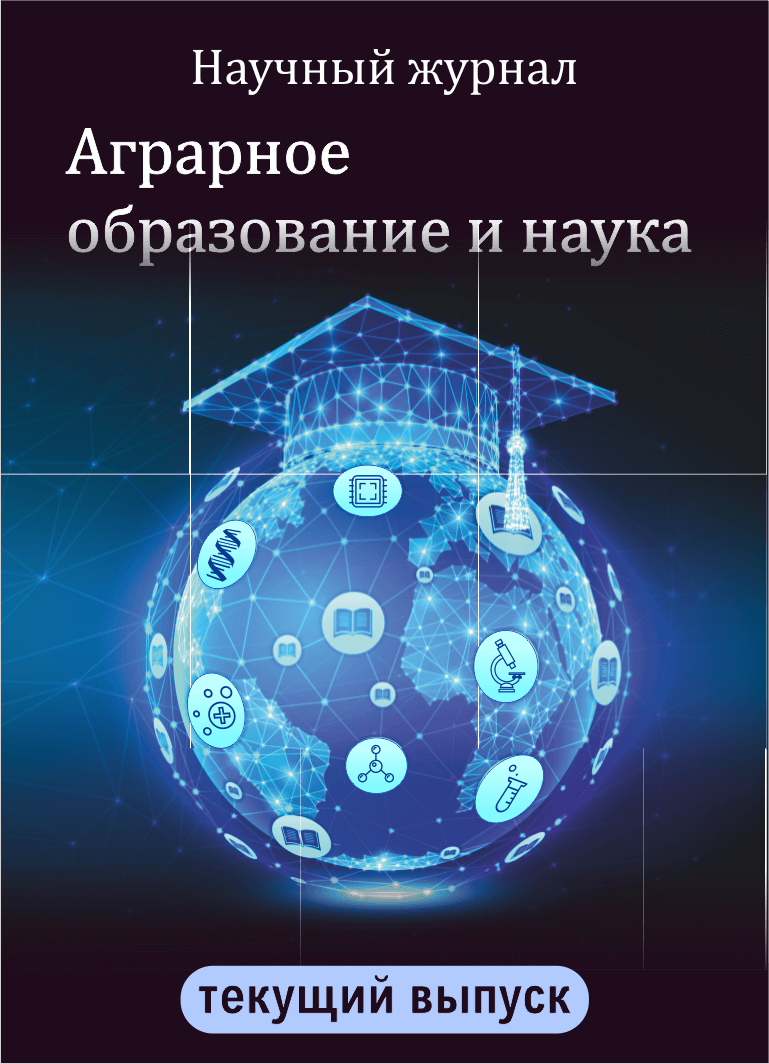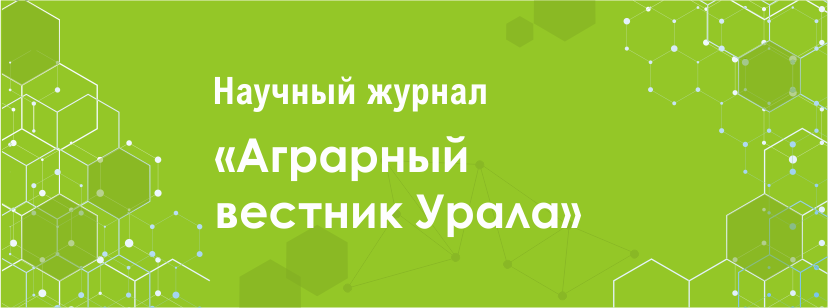Chupina I. P., d.e.n., professor,
Fateeva N. B., st. prepodavatel,
Petrova L.N., st. prepodavatel,
Uralskiy gosudarstvennyy agrarnyy universitet
The modernization of the agricultural sector is based on the transition to "intellectual" agriculture. "Intelligent" agriculture is agriculture based on complex automation and robotization of production, use of automated decision-making systems, modern technologies of modeling and design of ecosystems. The intellectualization of the agricultural sector allows, on the one hand, to reduce the volume of excessive use of external resources (agrochemicals, inorganic fertilizers, fuel, etc.), and on the other hand, to maximize the use of local production factors (organic fertilizer, biofuels, renewable energy sources, etc.). Use of modern technologies of "intellectualization" of agriculture allows to save and restore useful properties of ground waters and soils; to provide environmentally safe and effective fight against pests; remotely monitor compliance with the certification requirements of organic agriculture. On the basis of scientific calculations, the information system is able to create recommendations for processing and care of plants or instructions for automatic execution of robotic equipment. For the first time in the history of agriculture, the farmer has the opportunity to control natural factors, design accurate business processes, and, in addition, to predict the result with mathematical accuracy. Data from various participants in the production chain, collected in one place, allow to obtain information of new quality, to find patterns, to create added value for all involved participants, to apply modern scientific methods of processing and on their basis to make the right decisions that minimize the risks that improve the business of manufacturers and customer experience.
References
1. Voronin B. A. Sistema upravleniya selskim hozyaystvom v Rossiyskoy Federatsii: sostoyanie, problemy sovershenstvovaniya // Upravlenets. 2010. # 1-2. S. 40-48. 2. Kondratieva O.V. Sovershenstvovanie informatsionnogo obespecheniya APK s primeneniem intellektualnyh informatsionnyh sistem / v sbor.: Nauchno-tehnicheskiy progress v selskohozyaystvennom proizvodstve. Materialy Mezhdunarodnoy nauchno-tehnicheskoy konferentsii, posvyaschennoy 70-letiyu so dnya obrazovaniya RUP «NPTS NAN Belarusi po mehanizatsii selskogo hozyaystva». 2017. S. 274–278. 3. Fedorov A.D. Monitoring vostrebovannosti informatsionnyh resursov - effektivnyy mehanizm prodvizheniya innovatsiy v APK // Mezhdunarodnaya nauchno-prakticheskaya konferentsiya «Innovatsionnoe razvitie - ot Y. Shumpetera do nashih dney: ekonomika i obrazovanie». Kaluga, 2015. S. 434–436. 4. Tsifrovizatsiya APK - trebovanie novogo vremeni [Elektronnyy resurs]. URL: http://kzvesti.kz/kv/thirdband/25528-cifrovizaciya-apk-trebovanie-novogo-vremeni.html (data obrascheniya: 10.05.2018).











